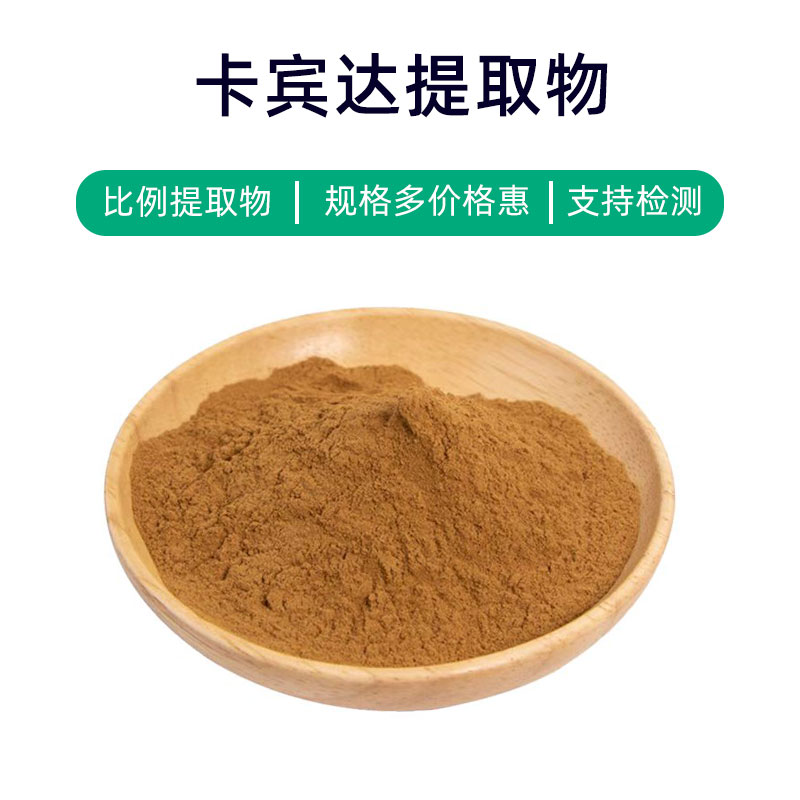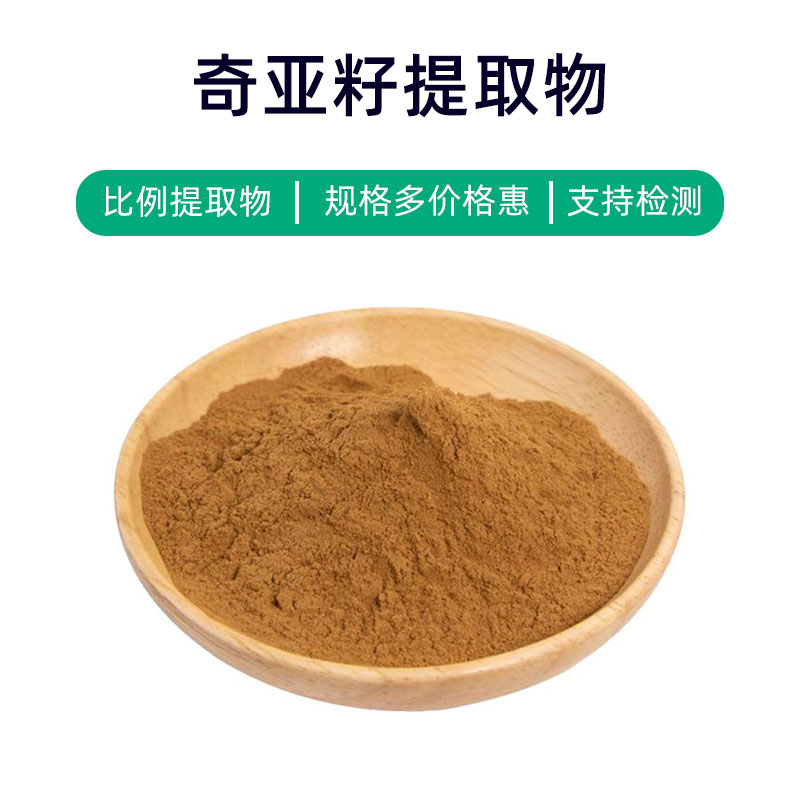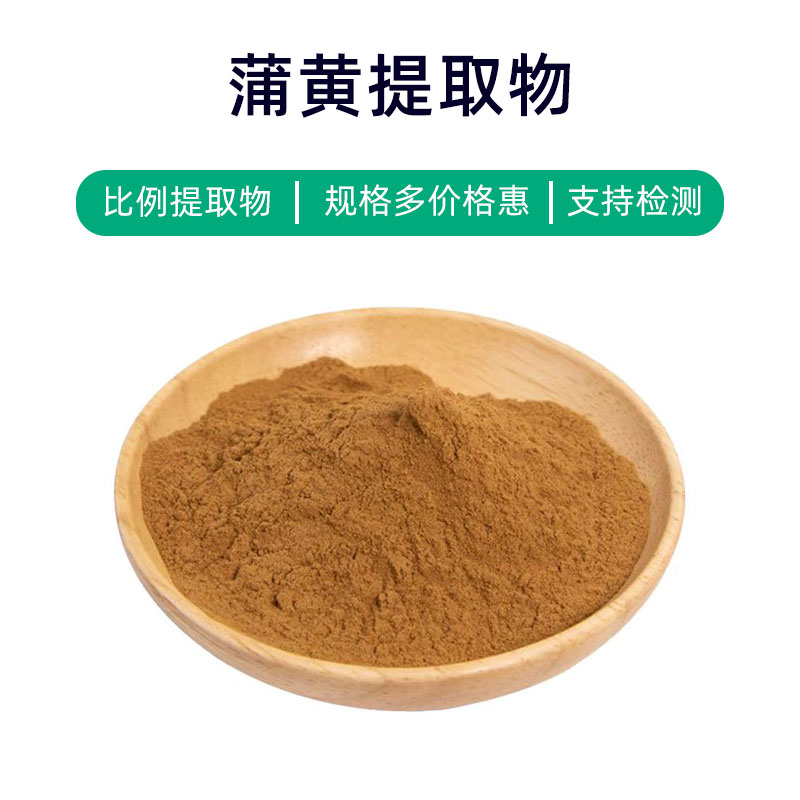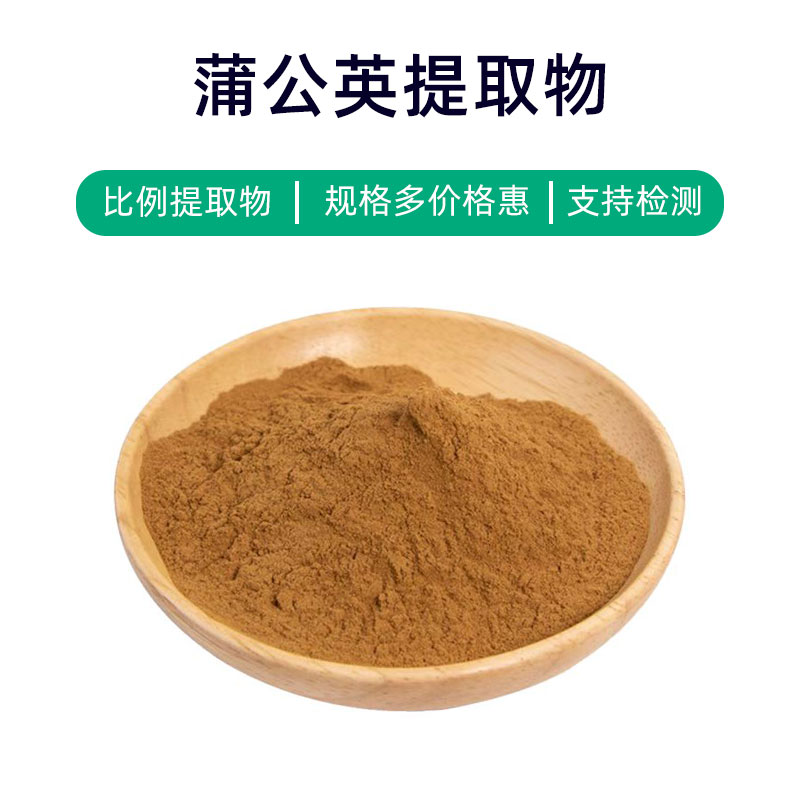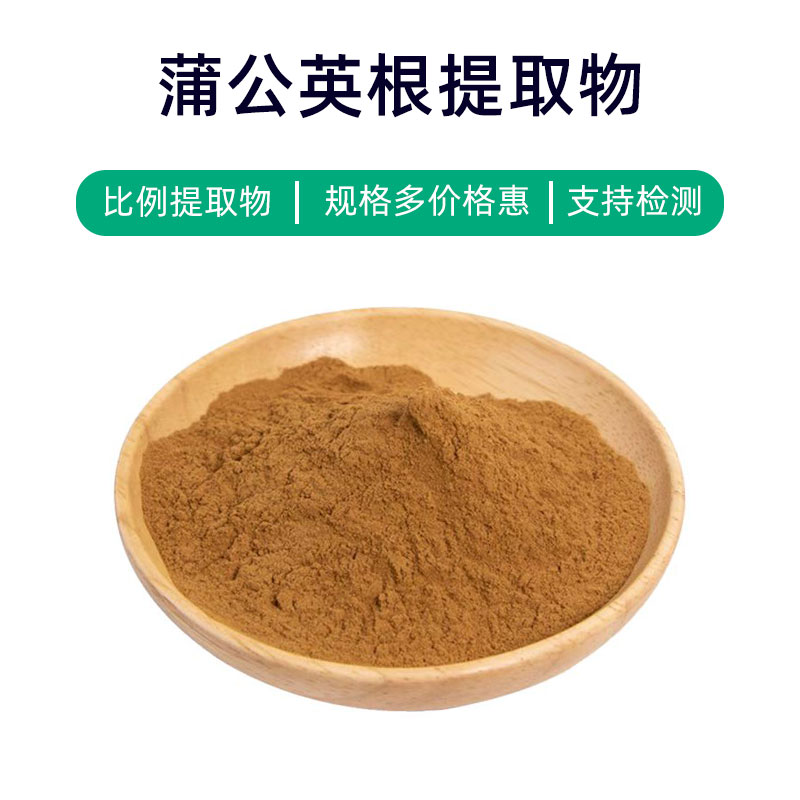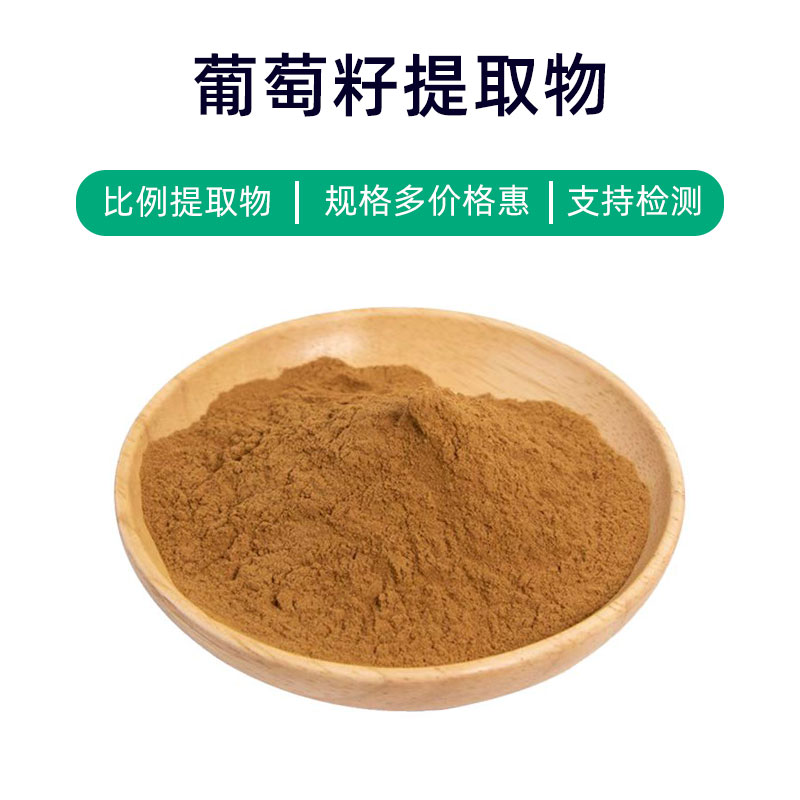Pumpkin Seed Extract Product Introduction
Pumpkin seed extract is a natural plant extract derived from pumpkin seeds, rich in nutrients and offering a variety of health benefits.
Its main components include plant proteins, unsaturated fatty acids (such as linoleic acid and linolenic acid), vitamins (such as vitamin E and vitamin A), and minerals (such as zinc and magnesium). These components possess antioxidant properties, help regulate blood lipids, enhance immunity, and promote metabolism.
Pumpkin seed extract finds wide applications in the fields of health supplements, pharmaceuticals, and cosmetics. In health supplements, it is commonly used to regulate blood lipids, protect cardiovascular health, and promote digestion. In the pharmaceutical field, it can be used to assist in the treatment of prostate problems and improve urinary system health. In cosmetics, it serves as a skincare ingredient with moisturizing, antioxidant, and skin-soothing effects.
It is important to note that when using pumpkin seed extract, it should be used rationally according to specific circumstances and product instructions. Avoid excessive or improper use that may cause adverse effects. For further information on the efficacy and application of pumpkin seed extract, it is recommended to consult a doctor or a professional health care provider.
Pumpkin Seed Extract Production Process
The production process of pumpkin seed extract typically includes the following main steps:
- Raw Material Preparation: First, select fresh, mold-free pumpkin seeds as raw materials. The choice of pumpkin seeds has a significant impact on the quality and effectiveness of the extract.
- Cleaning Treatment: Clean the selected pumpkin seeds to remove surface impurities, dirt, and foreign objects, ensuring the purity and quality of the extract.
- Grinding and Crushing: Crush or grind the cleaned pumpkin seeds into a powdery form to increase the extraction efficiency and speed.
- Extraction Process: Use appropriate extraction methods, such as solvent extraction or supercritical fluid extraction, to extract the active ingredients from the pumpkin seeds.
- Concentration and Solvent Removal: Concentrate the extracted solution to remove the solvent, obtaining a concentrated pumpkin seed extract.
- Refining Treatment: Further refine the concentrated extract to remove impurities, pigments, etc., improving the purity and stability of the extract.
- Drying into Finished Product: Dry the refined extract to convert it into a powder or liquid finished product, facilitating subsequent packaging and storage.
- Packaging and Storage: Package the dried finished product using appropriate packaging materials to prevent the influence of moisture, oxygen, and light, thereby extending the product's shelf life.
- Quality Inspection: Conduct quality inspections on the finished product, testing the content of active ingredients, microbial indicators, heavy metal content, etc., to ensure that the product meets relevant standards and requirements.
- Finished Product Storage: Store the qualified finished products in a cool, dry, and dark place, avoiding high temperatures, humidity, and direct sunlight to maintain the product's stability and quality.
The above is a general production process for pumpkin seed extract. Specific process details may vary depending on different manufacturers or technologies.
Efficacy, Effects, and Side Effects of Pumpkin Seed Extract
Pumpkin seed extract is a natural plant extract with various health benefits and medical application values. Here are the benefits and effects of pumpkin seed extract:
- Antioxidant Effect: Pumpkin seed extract is rich in antioxidants such as vitamin E, carotenoids, and polyphenolic compounds, which can neutralize free radicals, slow down cell oxidative damage, and protect cell health.
- Blood Lipid Regulation: Unsaturated fatty acids such as linoleic acid and linolenic acid in pumpkin seed extract help lower cholesterol and triglyceride levels in the blood, improving lipid metabolism.
- Prostate Health Protection: Pumpkin seed extract has a protective effect on the prostate, relieving symptoms of prostate hyperplasia and improving symptoms such as frequent urination, urgency, and pain during urination.
- Digestion Promotion: Pumpkin seed extract is rich in protein and fiber, which helps promote intestinal peristalsis, relieve constipation, and maintain digestive system health.
- Immunity Enhancement: Trace elements such as zinc in pumpkin seed extract, along with vitamins and other nutrients, can enhance the body's immune function and improve resistance.
- Anti-inflammatory Effect: Some active ingredients in pumpkin seed extract have anti-inflammatory properties, helping to relieve inflammatory responses and reduce symptoms of related diseases.
- Blood Sugar Regulation: Studies have shown that pumpkin seed extract has a certain regulatory effect on blood sugar, helping to stabilize blood sugar levels and reduce blood sugar fluctuations.
- Skin Health Improvement: Pumpkin seed extract has moisturizing, nourishing, and antioxidant effects, which can improve skin problems such as dryness and roughness, maintaining healthy and youthful skin.
As a natural plant extract, pumpkin seed extract is generally safe and does not cause obvious side effects. However, due to individual differences, some people may experience allergic reactions, such as skin redness and itching. Therefore, when using it, pay attention to your personal constitution and dosage. If any discomfort occurs, stop using it immediately and consult a professional doctor.
Overall, pumpkin seed extract has various health benefits and medical application values. However, it should be used according to individual circumstances and professional advice to avoid excessive or improper use that may cause adverse effects.
Application Scenarios, Usage, and Dosage of Pumpkin Seed Extract
Pumpkin seed extract has a wide range of applications in the pharmaceutical, food, and cosmetic industries, offering multiple benefits and uses. Here is an introduction to the application scenarios, usage, and dosage of pumpkin seed extract in various fields:
Pumpkin Seed Extract Application Scenarios and Dosage
Pumpkin seed extract has a wide range of applications in the pharmaceutical, food, and cosmetics industries, offering various benefits and uses. Below is an introduction to the application scenarios and recommended dosages of pumpkin seed extract in different fields:
Pharmaceutical Applications:
- Prostate Health: Pumpkin seed extract is used in prostate health products and can help relieve symptoms of benign prostatic hyperplasia. The recommended dosage is 1000-2000 mg per day.
- Blood Lipid Regulation: For patients with abnormal blood lipid levels, pumpkin seed extract can assist in regulating blood lipids, with a suggested dosage of 1000 mg per day.
- Antioxidant: As an antioxidant, pumpkin seed extract can protect cells from oxidative damage and prevent diseases. A daily dosage of 1000 mg helps maintain health.
- Digestive Health: Pumpkin seed extract is rich in protein and fiber, promoting digestive health. A moderate daily intake is recommended.
Food Industry Applications:
- Nutritional Supplements: Pumpkin seed extract can be used as a raw material in nutritional supplements, such as pumpkin seed oil or pumpkin seed powder, to increase protein and fatty acid intake.
- Flavoring: A moderate amount of pumpkin seed extract can be added to various foods as a seasoning to enhance flavor and nutritional value.
Cosmetics Industry Applications:
- Skincare Products: Pumpkin seed extract, rich in antioxidant components such as vitamin E, can be included in skincare products for moisturizing, antioxidant, and nourishing effects. The recommended dosage is 2-5% in the formulation.
- Hair Care Products: Pumpkin seed extract can also be used in hair care products to help maintain healthy, soft, and shiny hair.
It is important to note that individual differences should be considered when using pumpkin seed extract. It is recommended to conduct a skin sensitivity test before use to ensure no allergic reactions occur. Additionally, the specific dosage and usage should follow the product instructions or professional medical advice.
Overall, pumpkin seed extract has broad application prospects in the pharmaceutical, food, and cosmetics industries, but it is crucial to carefully select the appropriate dosage and product type to achieve the best results while ensuring safety.
Pumpkin Seed Extract Source Plant, Distribution, and Growing Environment
Pumpkin (scientific name: Cucurbita pepo) is a gourd family plant native to the Americas and is one of the main sources of pumpkin seed extract. Below is a detailed description of the pumpkin plant, its distribution, and growing environment:
Plant Description:
Pumpkin is a vine-like plant with large, heart-shaped leaves and sprawling stems covered in rough hairs. Its flowers are yellow, with male and female flowers present. The fruit is large, gourd-shaped, and smooth, with various colors, including orange, yellow, and green. Pumpkin seeds are the internal seeds of the pumpkin fruit, rich in nutrients and active compounds, and are widely used in food and dietary supplement manufacturing.
Distribution:
Pumpkin is native to the Americas, including regions such as Mexico and the United States. Due to its strong cold tolerance, it is now widely cultivated worldwide. It is primarily distributed in temperate and tropical regions, with an optimal growing temperature range of 15-35°C.
Growing Environment:
- Climate: Pumpkin is adaptable and not strictly limited by climate, but it prefers warm and humid environments. High temperatures during the summer favor fruit growth.
- Soil: Pumpkin thrives in fertile, well-drained soil and is adaptable to different soil pH levels, with a strong tolerance for various soil types.
- Sunlight: Pumpkins require abundant sunlight for optimal growth and fruit development.
- Water: Pumpkins need a considerable amount of water, preferring a humid environment, but good drainage must be maintained to avoid waterlogging and disease.
The key to successful pumpkin cultivation is choosing an appropriate growing environment and management methods, including proper fertilization, timely irrigation, and pest and disease control measures, to ensure healthy plant growth and high yield. Pumpkin seeds are extracted from the pumpkin fruit, and through specific extraction processes, the pumpkin seed extract is obtained for use in various products.
In summary, pumpkin is an adaptable and productive plant, and its seeds are rich in various nutrients and active substances, making them one of the important raw materials for producing pumpkin seed extract.
Pumpkin Seed Extract Processing and Storage
The processing of pumpkin seed extract includes the following steps: first, the pumpkin seeds are cleaned and dehulled; then, appropriate solvents are used for extraction and separation; next, the extract is concentrated, filtered, and dried; finally, the extract is packaged and stored. During storage, the extract should be kept away from high temperatures, humidity, and direct sunlight. It should be sealed in moisture-proof containers and stored in a cool, dry place to prevent exposure to moisture and oxygen, which could affect its stability and quality.
Monica Sun is a seasoned expert in the plant extraction industry with over a decade of experience in research and production. She specializes in the extraction and purification of plant active ingredients, focusing on driving innovation in natural product applications. Monica has participated in the development of multiple functional plant extracts, delivering high-value natural raw material solutions for the health food, pharmaceutical, and dietary supplement sectors.









